Advanced Search
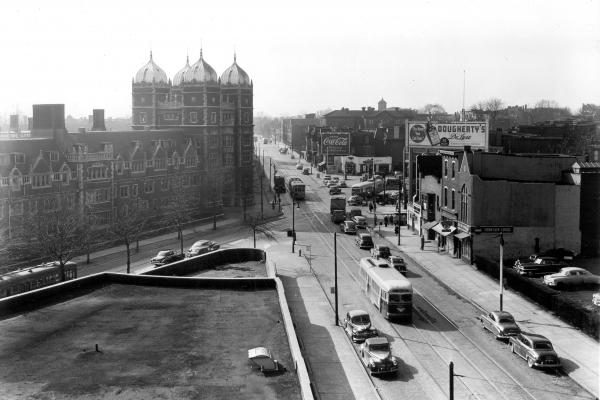
A semi-aerial view southwest along Woodland Avenue near the intersection with 37th and Spruce Streets. Today a full-sized reproduction of a Woodland Avenue trolley can be found at this location on the north side of Spruce Street.
West Philadelphia’s population shifted from majority-white to majority-black between 1950 and 1960. Each of the next five decennial censuses (1970, 1980, 1990, 2000, 2010) would show the steadily increasing, dominant share of West Philadelphia’s population represented by blacks.

This 1952 photo shows the pre-tunnel relationship of the rapid-transit El to the trolley tracks beneath it. One set of tracks continues west; another set bends southwest on Woodland Avenue from its intersection with 32nd and Market streets. Thirtieth Street Station appears upper left.
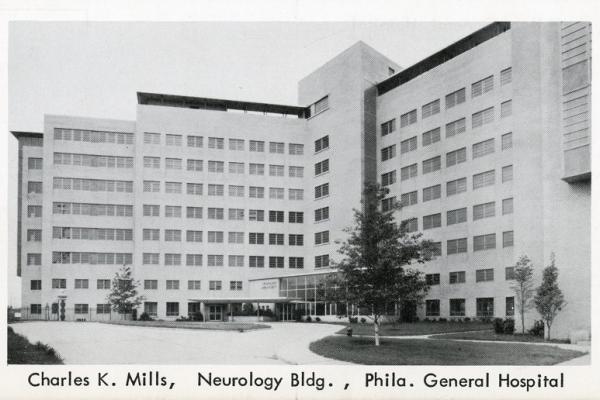
Charles K. Mills Neurological Building in 1952. This building straddled the corner of Civic Center Boulevard and University Avenue, at the southwestern end of the PGH complex.

Showing Horticultural Hall’s roof of iron-encased heavy glass panes, which proved to be dangerous to visitors through the wear-and-tear of time.

Horticultural Hall as it appeared in 1953, two years before its demolition.
This formerly all-male, all-white Catholic high school at 49th & Chestnut streets was one of the two main sources of teen dancers for Bob Horn’s Bandstand and later Dick Clark’s American Bandstand.
This school opened in 1917 and remained in operation until it merged with West Philadelphia Catholic Girls’ High School in 1989 to form West Philadelphia Catholic Preparatory High School.
The boys’ building was subsequently purchased and reorganized asa regional headquarters by the School District of Philadelphia, which replaced it with a new building for West Philadelphia High School in 2011.
This formerly all-female, all-white high school was one of the two primary sources of dancers for Bob Horn’s Bandstand and later Dick Clark’s American Bandstand. Aperusal of the girls’ school’s 1956 yearbook, The Gleam, shows picture after picture of white girls, depicted in one activity after another, dressed in neat uniforms replete with stiff Peter Pan collars--nothing to suggest any connection with WFIL’s Studio B or teenagers on the verge of discovering rock ‘n’ roll. This school, shown in this image as it appeared in 1953, opened in 1927 on the 4500 block of Chestnut Street. In 1989, it expanded and merged with West Philadelphia Catholic Boys’ High School when the Archdiocese closed the latter building. Today it is the racially and ethnically diverse co-educational West Philadelphia Catholic Preparatory High School.
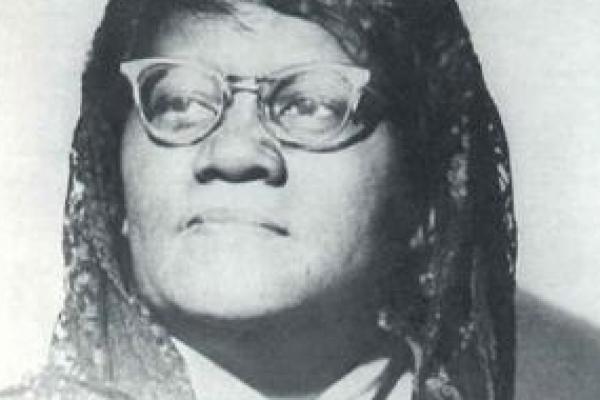
Malcolm Little’s formidable and politically connected half-sister Ella Little-Collins, who arranged his transfer to Norfolk State Prison, an important stop on his mental journey to the Nation of Islam.
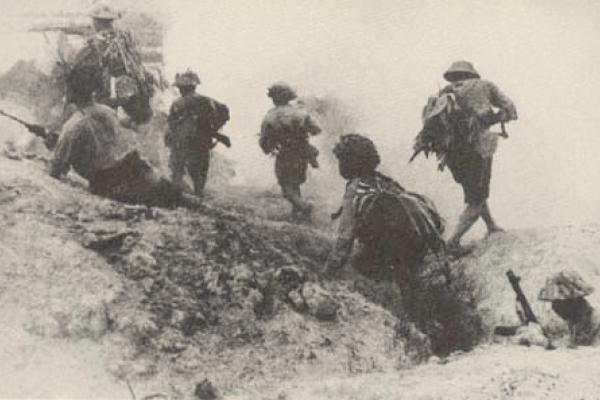
Writing in 1954, Paul Robeson presciently foresaw the disaster in the making of U.S. involvement in Vietnam, warning against U.S. logistical support of the doomed French effort to hold its colony in what was then called Indochina. This photo shows Viet Minh solders under Ho Chi Minh at Dien Bien Phu, the battle that marked the end of French colonialism in Vietnam.
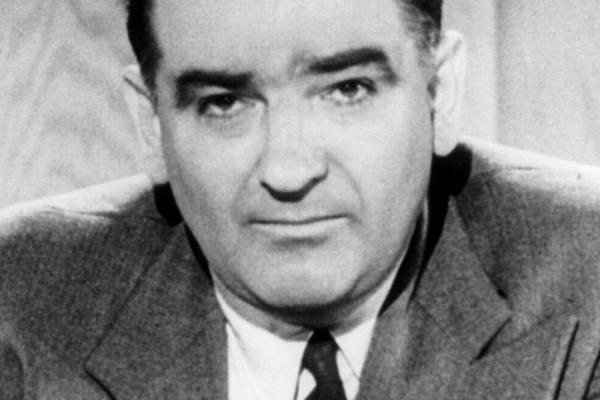
Anticommunist hysteria surged in the 1950s, the waters roiled by Wisconsin senator Joseph McCarthy, his right-wing counselors, and his conservative abettors in Congress (members of HUAC and others). The term “McCarthyism” was coined in 1950 to describe the senator’s smear tactics. By 1954, when he was censured by the U.S. Senate, McCarthy had alleged, with incalculable harm, that many communists, Soviet spies, and “fellow travelers” had penetrated the U.S. government (especially the State Department), universities, and the film industry. Essie Robeson firmly stood her ground against McCarthy when she was compelled to testify to his Senate Investigating Committee, even drawing a compliment from the rogue senator.
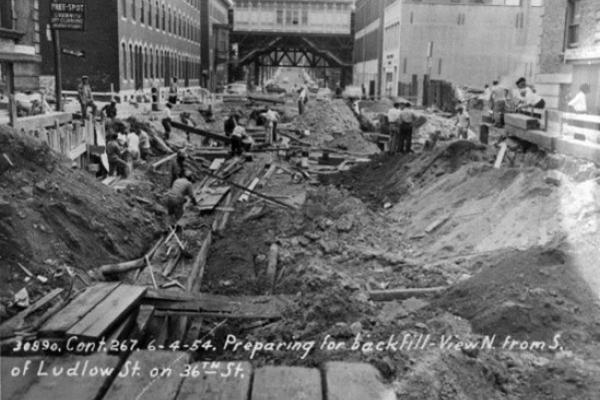
This photo looks north from a point south of 36th & Ludlow St. toward the Black Bottom’s Market St. Elevated station. The station was operational during the seven-year construction phase of the Market subway tunnel and was not dismantled until 1956. This photo shows construction of the offshoot subway-surface line that would run southwest under the University of Pennsylvania campus and ascend to the surface through a portal at 39th St. & Baltimore Ave.